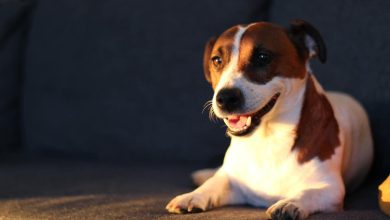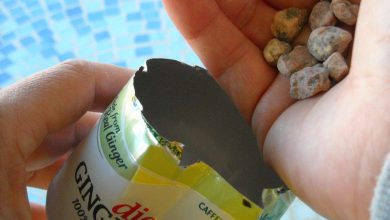How to Train a Reactive Dog to Stay Calm Around Other Pets
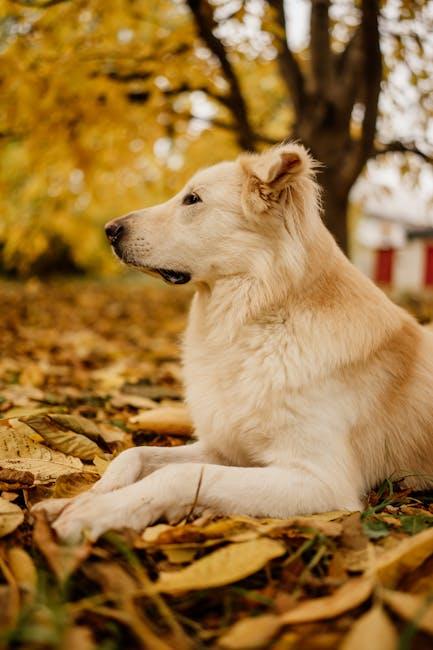
Training a training/effective-leash-training-for-aggressive-or-reactive-dogs/” title=”Effective leash training for aggressive or reactive dogs”>reactive dog to remain calm around other pets can be a challenging yet rewarding endeavor for pet owners. Reactive behaviors, such as barking, lunging, or excessive excitement, often stem from fear, anxiety, or a lack of socialization, and addressing these issues is crucial for both the well-being of the dog and the harmony of the household. This guide provides a comprehensive approach to understanding the root causes of reactivity and offers step-by-step techniques to help your dog develop the skills needed to stay composed in the presence of other animals. By employing patience, consistency, and positive reinforcement, you can transform your dog’s interactions with other pets, paving the way for a more peaceful and enjoyable environment for everyone involved.
Understanding Reactive Behavior in Dogs
Reactive behavior in dogs often stems from fear, anxiety, or frustration, leading to an overreaction to certain stimuli, such as other pets. Understanding the root cause of this behavior is crucial in addressing it effectively. Recognize the signs of reactivity, which may include:
- Barking or growling
- Lunging at other animals
- Excessive panting or pacing
- Trembling or cowering
Once you’ve identified these triggers, it’s important to implement a consistent training approach to help your dog remain calm. Begin with controlled exposure to other pets, using positive reinforcement to reward calm behavior. Gradually decrease the distance between your dog and other animals, ensuring that each interaction remains a positive experience. Remember, patience and consistency are key in transforming reactive responses into calm and controlled behaviors.
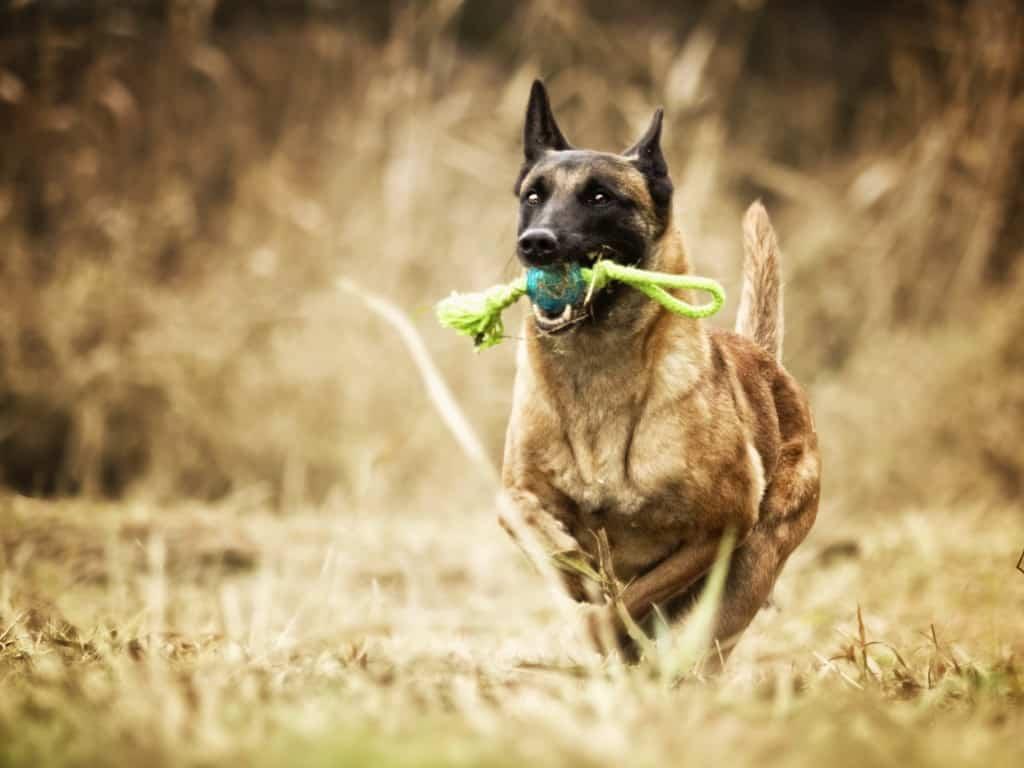
Building a Foundation of Trust and Communication
Establishing a strong bond with your reactive dog is crucial for their training and overall behavior improvement. Trust and communication are the pillars of this relationship, and fostering these elements requires patience and consistency. Begin by observing your dog’s body language to understand their triggers and comfort zones. This attentiveness not only helps in identifying stress signals but also in building a connection where your dog feels understood and secure.
To enhance communication, consider incorporating the following strategies into your training routine:
- Consistent Commands: Use the same words for specific commands, ensuring clarity and reducing confusion.
- Positive Reinforcement: Reward your dog with treats, praise, or playtime when they display calm behavior around other pets.
- Body Language Awareness: Pay attention to your own posture and movements, as dogs often react to non-verbal cues.
- Regular Interaction: Spend quality time with your dog, engaging in activities that they enjoy to reinforce a sense of trust.
By integrating these techniques, you not only communicate more effectively with your reactive dog but also lay a foundation of mutual respect and understanding, paving the way for a more harmonious coexistence with other pets.
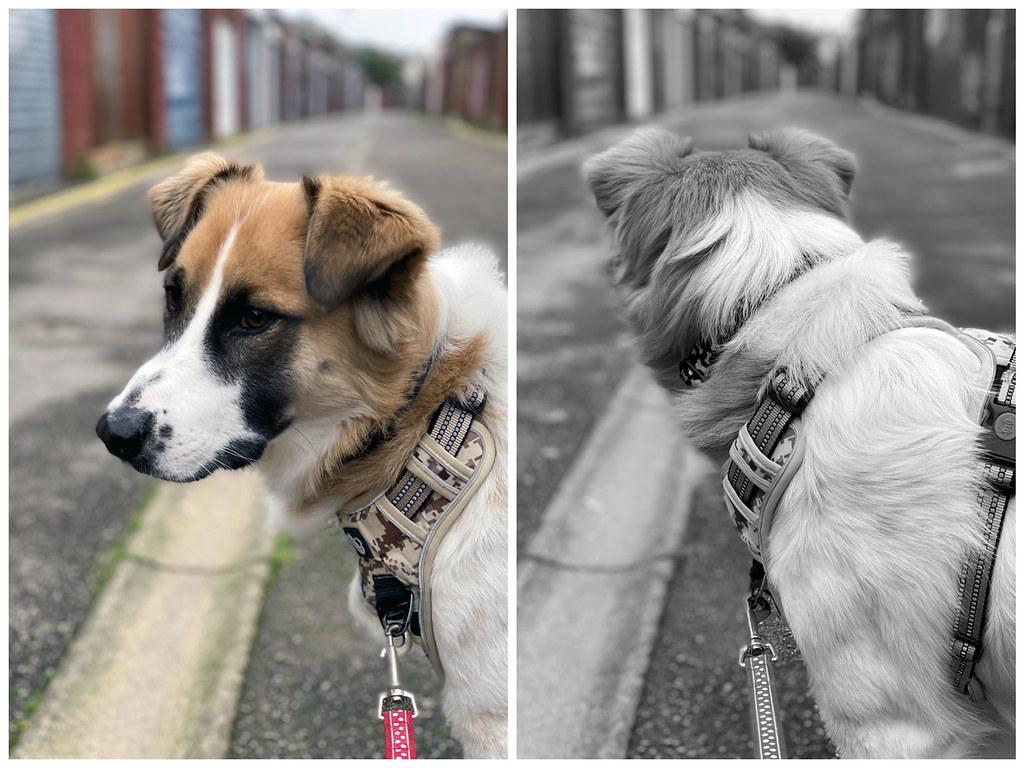
Implementing Desensitization and Counter-Conditioning Techniques
To effectively train a reactive dog to remain calm around other pets, incorporating desensitization and counter-conditioning techniques is essential. Desensitization involves gradually exposing your dog to the trigger—other pets in this case—in a controlled manner, starting from a distance where your dog feels comfortable. Over time, you can decrease the distance as your dog becomes more accustomed to the presence of other animals. The key is to maintain a calm environment and avoid overwhelming your dog, ensuring each exposure is positive and stress-free.
Counter-conditioning works hand-in-hand with desensitization by altering your dog’s emotional response to the trigger. The aim is to replace the reactive behavior with a positive one through the use of rewards. When your dog remains calm in the presence of another pet, immediately offer a treat or praise. This creates a positive association with the trigger. Here are some tips to enhance this process:
- Start with low-distraction environments and gradually introduce more stimuli as your dog progresses.
- Use high-value treats that your dog loves to strengthen the positive association.
- Be patient and consistent; every dog progresses at their own pace.
- Avoid punishment as it can increase anxiety and worsen reactivity.
By combining these techniques, you’ll help your dog build confidence and reduce reactivity, making interactions with other pets more pleasant and manageable.
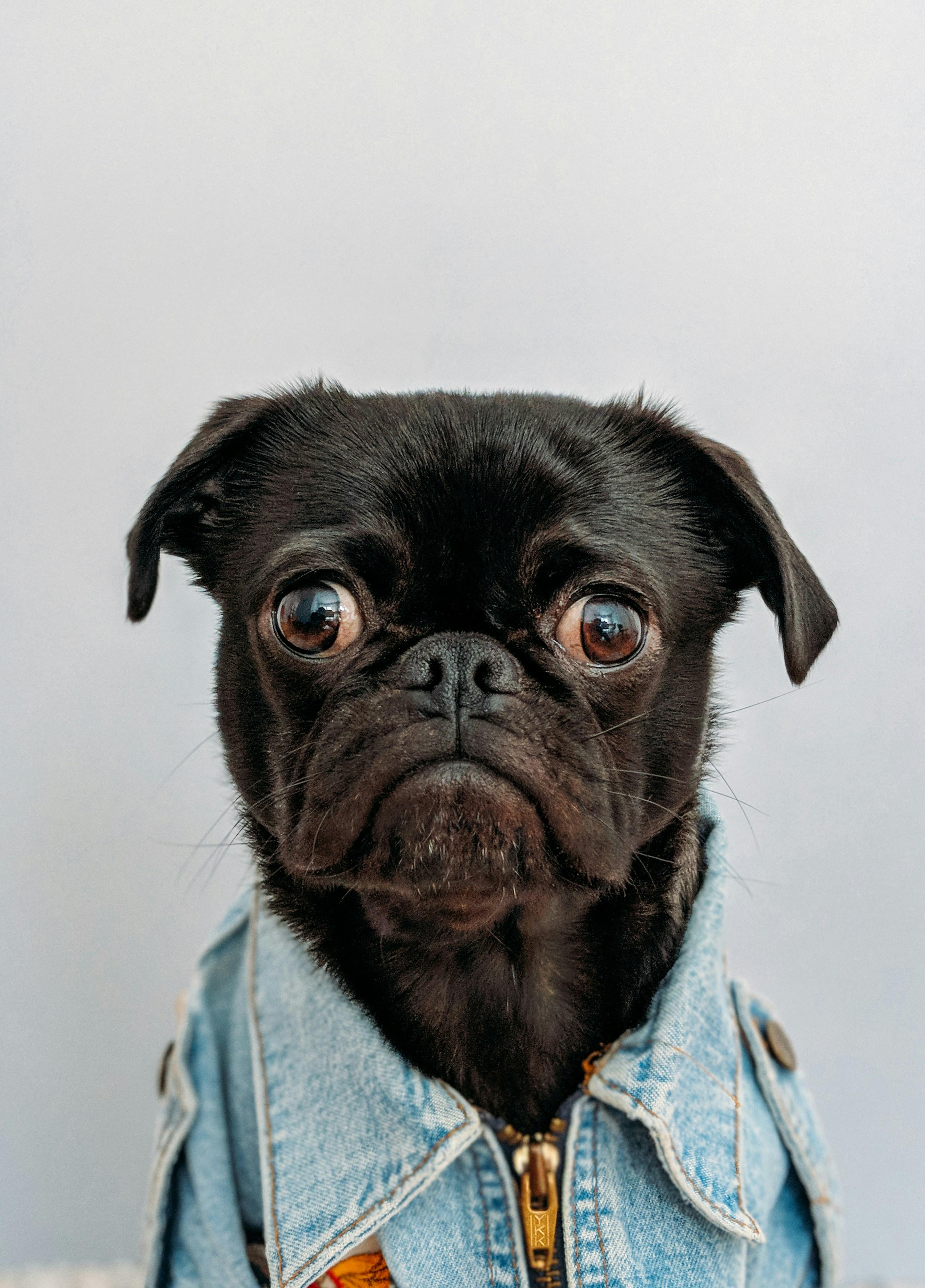
Utilizing Positive Reinforcement and Consistent Training Methods
To help your reactive dog maintain composure around other pets, employing positive reinforcement and consistent training is crucial. These methods not only encourage desired behaviors but also build trust and confidence in your furry friend. Start by identifying what motivates your dog—whether it’s treats, toys, or praise—and use these rewards to reinforce calm behavior during training sessions.
- Start small: Begin training in a controlled environment with minimal distractions, gradually introducing other pets at a distance.
- Reward promptly: Immediately reward your dog when they exhibit calm behavior around other animals, reinforcing the positive association.
- Be consistent: Use the same commands and signals each time, ensuring that your dog understands the expected behavior.
- Patience is key: Progress may be slow, but patience and persistence are essential in helping your dog learn to stay calm.
By consistently applying these techniques, you can help your reactive dog feel more at ease and confident in the presence of other pets, fostering a harmonious environment for all.
